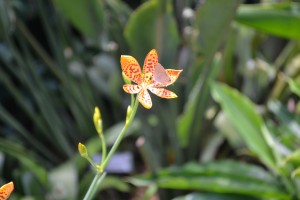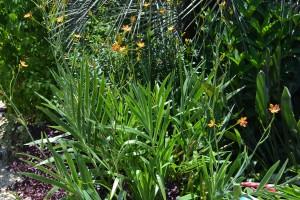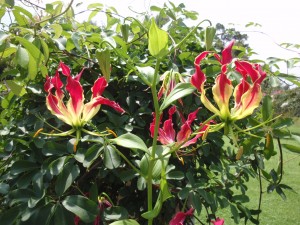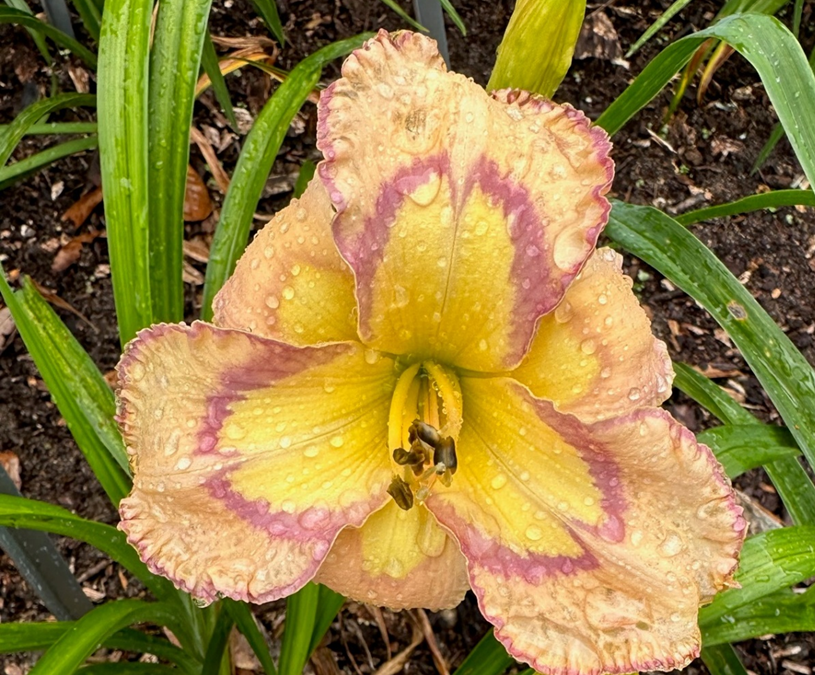
Daylilies: Spring Flower Beauties
One of the more popular flowering perennials grown in the landscapes of Florida and throughout the Southeast is the daylily. This blooming perennial traveled with many of the early settlers. They brought this plant for several reasons beyond the enjoyment of the bloom display, it was considered a source of food by including the petals and buds into the cooking of specific dishes.
The daylily is an easy to grow plant that requires less management than many of the other perennials grown in the garden settings of the landscape. Daylilies are linked to the lily family but are not actually in this family, Hemerocallis in Greek is Hemero for “day’ with Callis meaning “beauty”. The passion by many professional breeders and novice growers can be seen in the many selections and varieties in the plant industry today. This plant brings interest and joy to anyone that visits your landscape gardens.
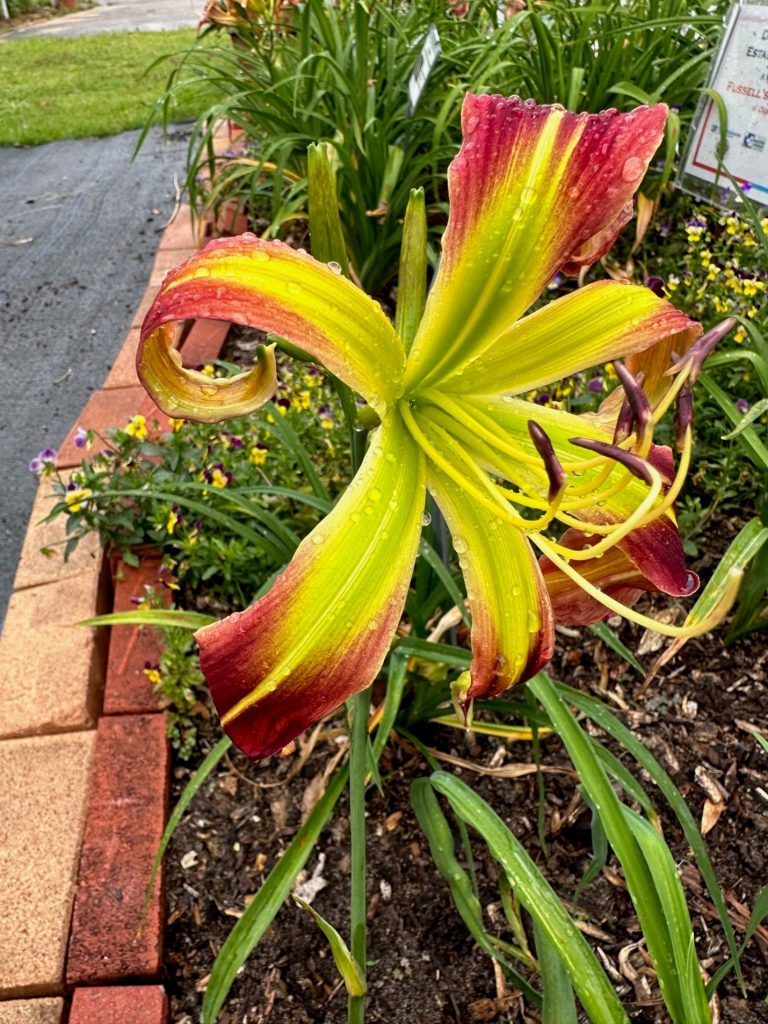
This clump forming plant can be grown in different soil types from sandy loam, clay to muck edges near wetlands. The location for best performance is sandy well drained soil with high amounts of organic matter. It has a moderate salt level tolerance lending itself as one perennial to consider in coastal settings. The best way to accomplish the levels of organic matter is to till the bed area for planting, add three to four inches of compost or well-rotted manure plus a ½ pound of 3:2:1 ratio fertilizer to a 100 square foot bed. The 3:2:1 is a Nitrogen, Phosphorus and Potassium fertilizer recommendation. Till all of this into the previously tilled bed to a six-inch depth. This mix of sand or clay with organic matter at the six-inch soil depth places it where the roots will grow.
Daylilies multiply in several different ways from forming clumps of plants from a single plant over three to four years that can be divided into separate plants and replanted to expand the bed area for managing the color display of the original plant. Plant breeders cross pollinate between selected plants that have desirable characteristics. These characteristics may be ruffled outside edges on the petals, bright or daker petal color, a change in color from the outside portion of the flower petal to the throat area at the center of the bloom or even the height of the scape which is the stem that emerges from the leaf clusters near the base that supports the flower display.

Daylilies can be purchased at many box stores in containers and easily transplanted in the garden. Another option is to visit local daylily nurseries as they often have more named variety options with many different flower colors available. Local nurseries usually grow plants in the ground so they will need to be dug and purchased as a bareroot. When planting bareroot daylilies look at the location where the leaves emerge near the base just above root area and plant one and a half to two feet apart. Make sure to plant no deeper than at that point of root and leaf growth area known as the crown. The crown must be above the soil level for quality growth.
After planting and watering in the plants be sure to mulch the bed with three to four inches of pinestraw or bark mulch. This manages weed growth and keeps soil moisture at consistent levels reducing stress to the plant. If periods of dry weather conditions occur watering the plants will be needed to keep the plants from stressing.

